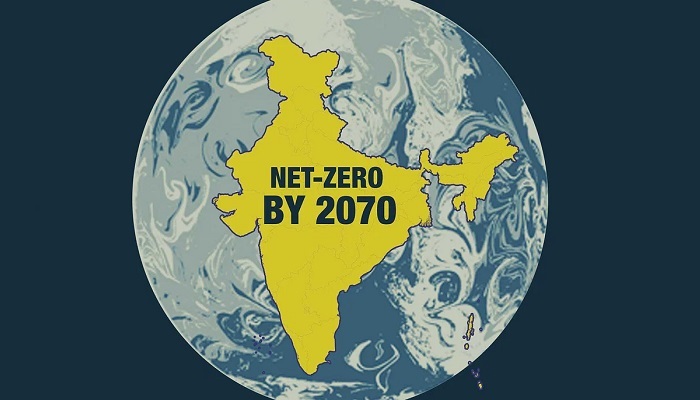At the UN Climate Summit COP 26 in Glasgow on November 1, 2021, Prime Minister Narendra Modi said that India would achieve the net zero emission goal by 2070. As per experts, achieving this aim was rather ambitious but wouldn’t result in any additional environmental greenhouse gas emissions.
After a year has passed since that statement and 2023 is about to begin, the challenge is formidable since India, after China and the US, is the third-largest emitter of greenhouse gases. Environmental observers claim that real action will be needed on the ground to achieve this goal.
They claimed that multiple short-term objectives as well as potent sectoral targets must be set in order to achieve this goal.
Additionally, comparisons with the US and China should reveal that both nations aspire to reach their carbon neutrality goals significantly sooner than India.
China has declared that it intends to accomplish it by 2060, whilst the US and the EU hope to accomplish it by 2050. Before going on to accomplish the greater target, a comprehensive plan is needed to first meet this goal, which will require India to reduce its excessive reliance on coal.
According to analysts, India would also need to think about raising the necessary cash to complete the task and possessing the necessary technology to fulfil the target in the long term. According to research, $10 trillion in investments starting this year alone would be required to reach the net zero goal. Additionally, if 2050 is chosen as the deadline, the sum may reach $13.5 trillion.
The move to renewable energy, as has already been said, is still difficult.
Based on a report by the High-Level Policy Commission on Getting Asia to Net Zero, India would reap enormous economic benefits from speeding up its transition to climate neutrality by 2070, including an increase of up to 4.7% in its annual GDP by 2036 and the creation of about 15 million new jobs by 2047. According to the analysis published on December 23, the advantages are much bigger if India achieves net zero carbon emissions by 2050.
Achieving the zero-emission target by 2070 could boost the country’s economy by about 4.7% above the projected baseline growth in GDP terms by 2036, which would be worth $371 billion and generate about 15 million new jobs by 2047, according to a report called Getting India to Net Zero published in August this year by the High-Level Policy Commission On Getting Asia to Net Zero.
The research also stated that the timeline for India’s net zero emissions achievement and the potential benefits of it will depend heavily on the policies implemented to kickstart the clean energy transition. An enhanced trade balance of $236 billion brought on by a decline in the demand for fossil fuels is one factor contributing to positive economic effects.
It also stated that by meeting the net zero goal by 2050, India could increase its annual GDP by around 7% ($470 billion) and create almost 20 million employment by 2032.







































